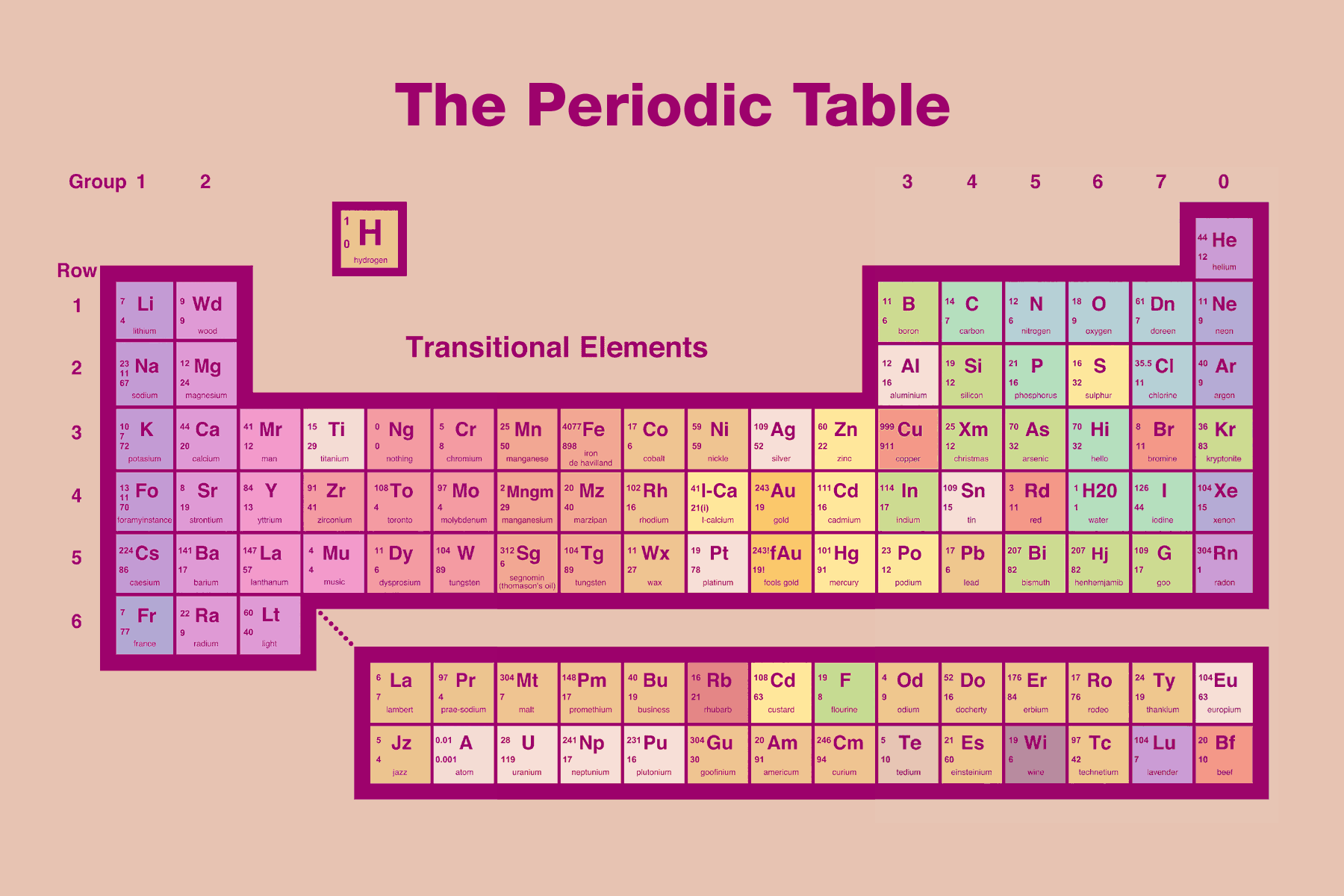
Although it might seem like increasing the number of protons and electrons in an atom would always increase its size, the atom size doesn't increase until a new electron shell is added. Ionic radius is the distance for ions of the atoms and follows the same trend. Atomic radius decreases moving left to right across a period and increases moving down a group. Atomic Radius - This is half the distance between the middle of two atoms just touching each other.Electronegativity - A measure of how readily an atom forms a chemical bond. Electronegativity increases moving left to right across a period and decrease moving down a group.Ionization energy increases moving left to right across the table and decreases moving down a group. Ionization Energy - This is the energy needed to completely remove an electron from an atom or ion.Rather than use mnemonics for the whole table, you could make up a phrase for sections that are giving you trouble. You'll want to break up the table into groups of around 10 elements at a time to learn the whole table this way. For example, for the first nine elements, you might use Happy Hector Likes Beer But Could Not Obtain Food. Make a phrase you can remember using the first letters or symbols of the elements. Use a mnemonic device to help remember the order of the elements.If you need to learn the element groups in addition to element symbols and names, practice writing the elements using different colored pencils or markers for each element group. Make up your own pronunciations and practice filling in a blank table with the symbols. For the first 36 elements, for example, you might use the chain of words HHeLiBeB (hihelibeb), CNOFNe (cannofunny), NaMgAlSi, PSClAr etc. This is another great way to learn the order of the elements if you do well hearing instead of (or in addition to) seeing. Make nonsense words made from element symbols.This works well if you learn better by hearing information rather than seeing it on paper. There is a popular one called We Just Crammed the Table, which is set to a Billy Joel tune. You can learn a song someone else created or make up your own. Walk away, come back, and review old material, add a new group, walk away, etc. So learn a section of the table, go off and do something else, write out what you learned in that first section, and try to learn a new section. This involves repeated practice and exposure. To truly commit the periodic table to memory, you need to access the part of your brain responsible for long-term memory. Cramming might serve for short-term memorization, like for a test the very next day, but you won't remember anything a few days later. You'll remember the table much better if you spread out the memorization process over multiple sessions instead of cramming the entire table at once. Rather than attempting to memorize all of the elements at once, learn one group at a time, master that group, and then learn the next group until you know the whole table. It may be helpful to view an ordered list of the elements.

You could memorize element groups (different color groups), go one row at a time, or memorize in sets of 20 elements. How you memorize the table depends on what works best for you and your learning style, but here are some recommendations that may help:

Once you have the table, you need to learn it.


 0 kommentar(er)
0 kommentar(er)
